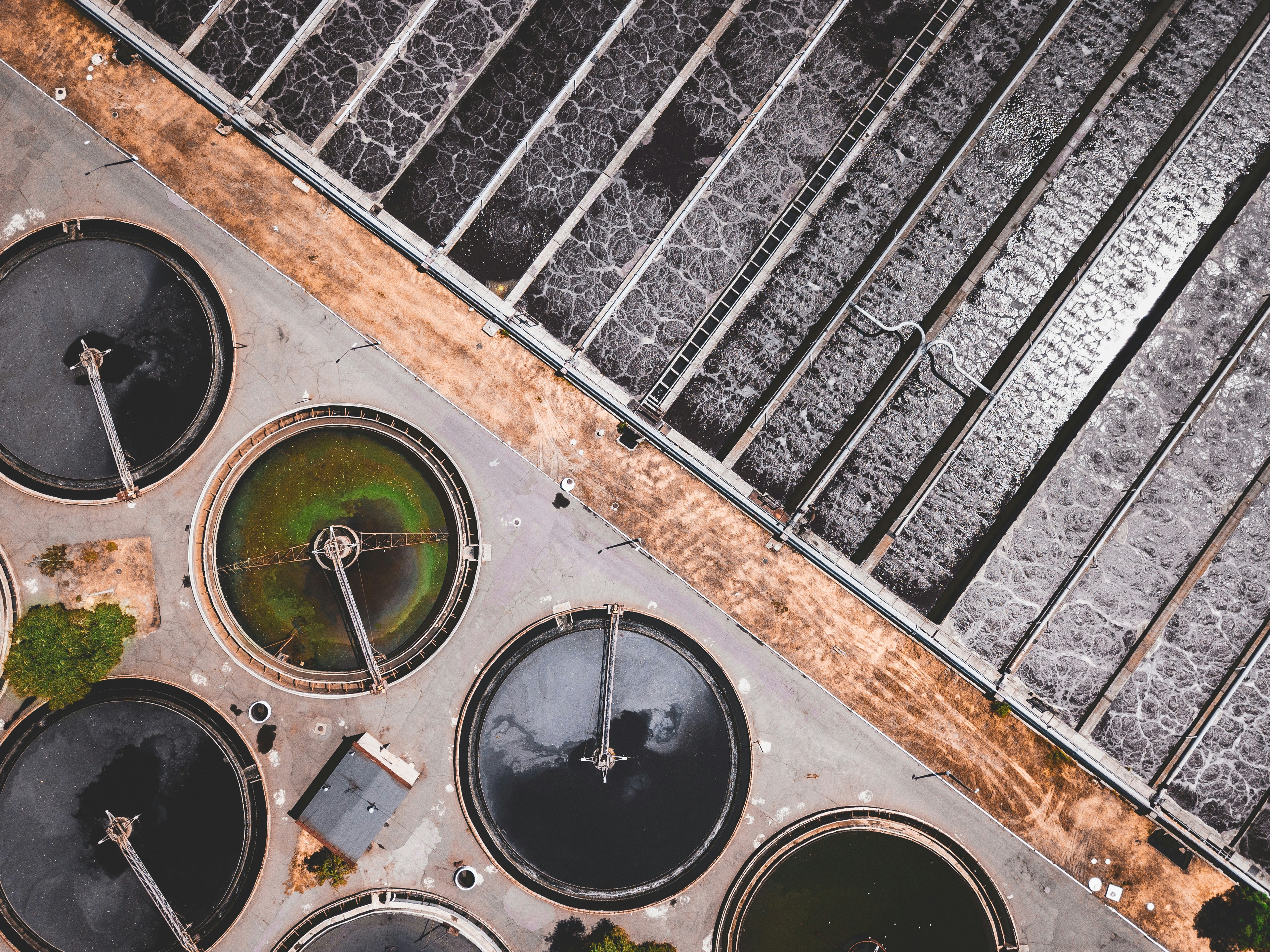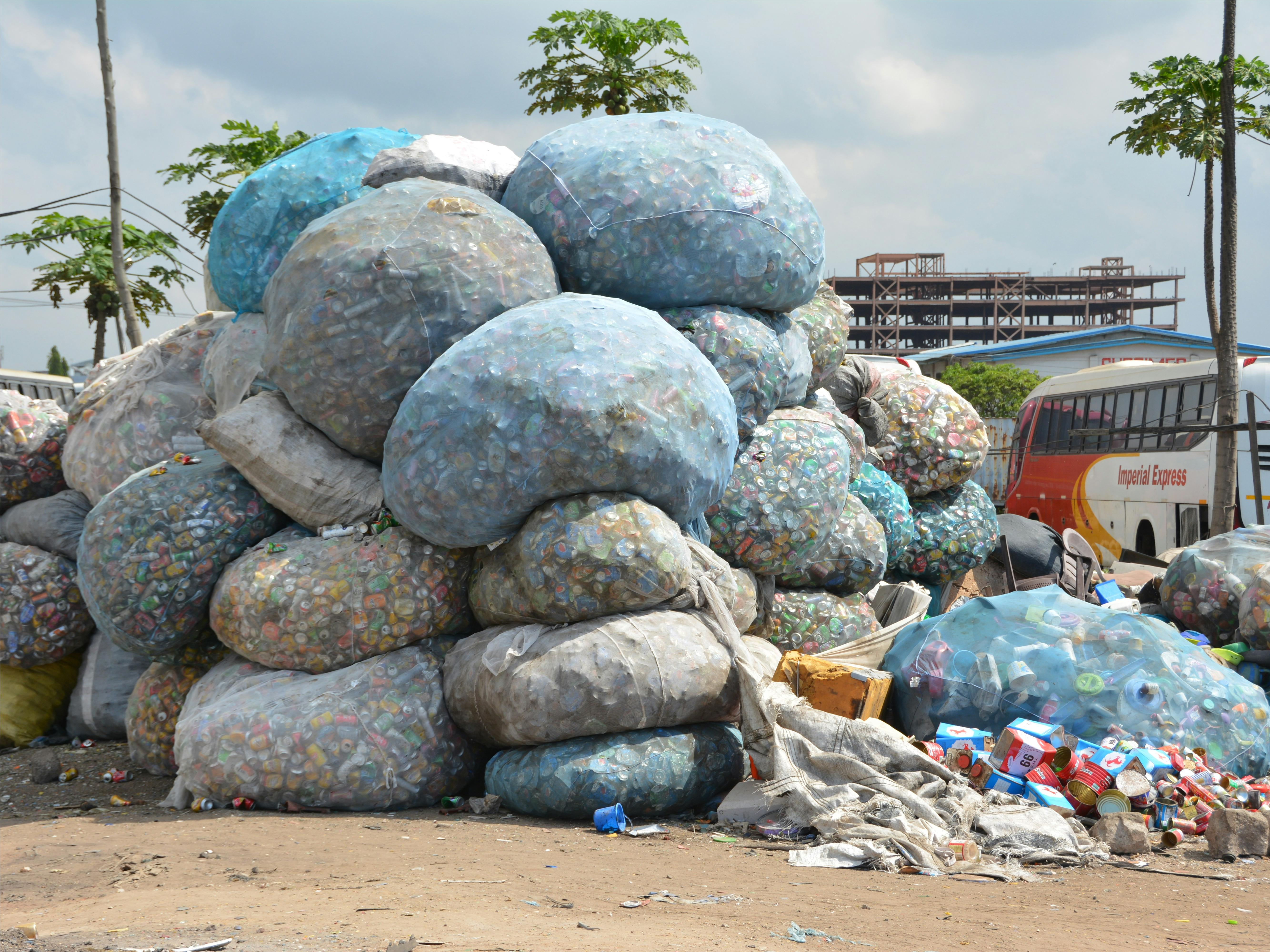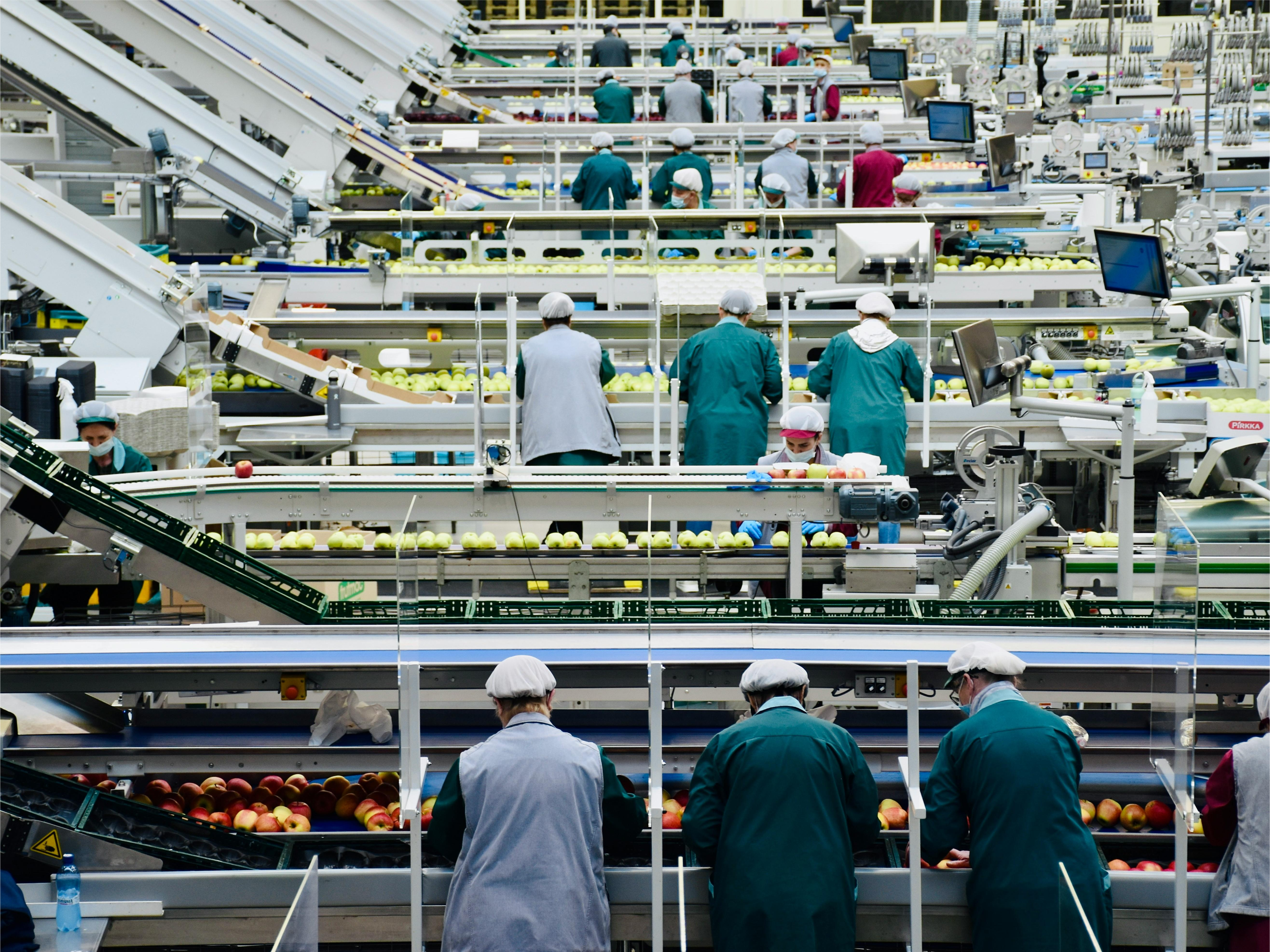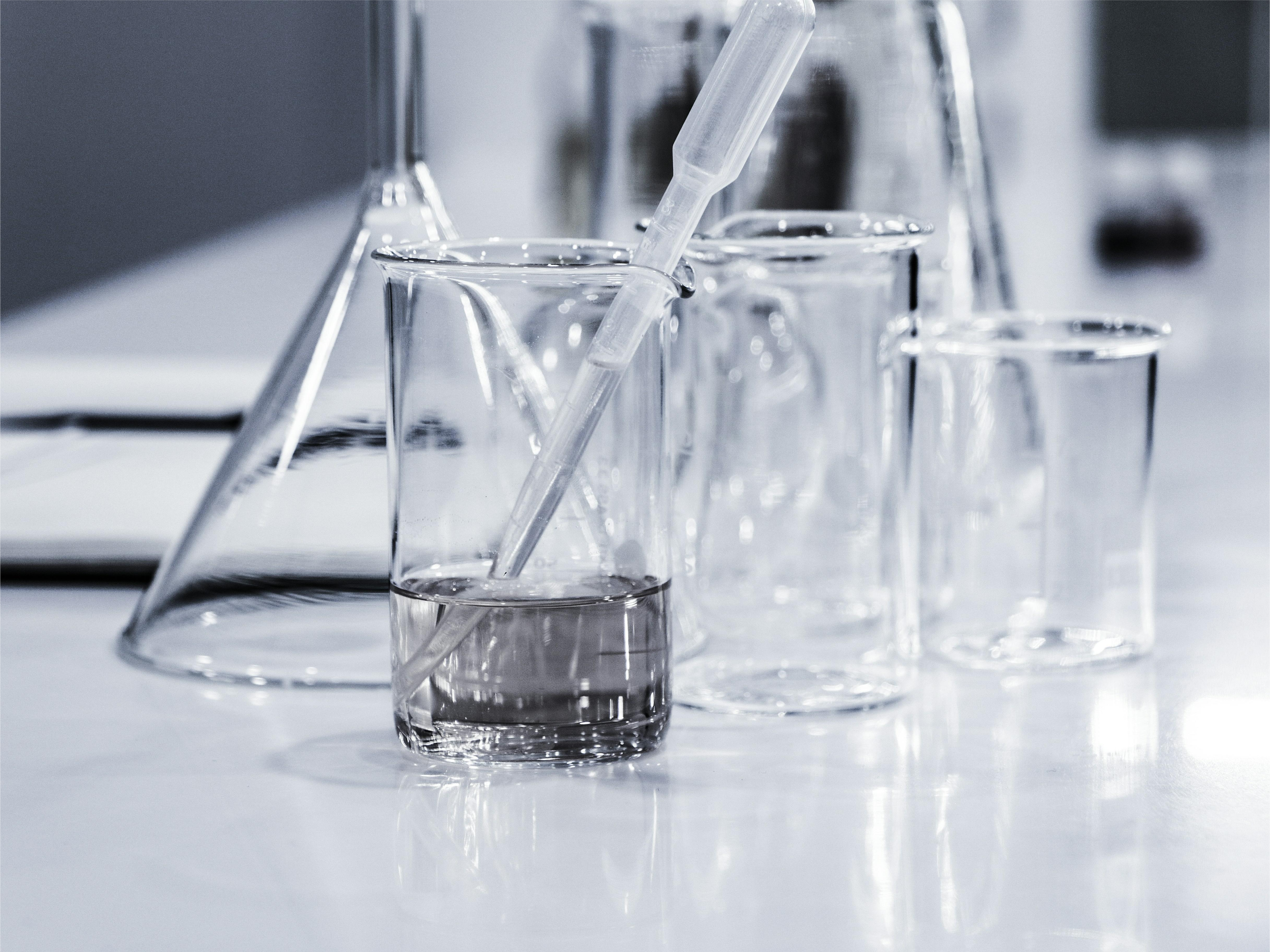Nitrifying Bacteria Agent for Wastewater Treatment
Our Nitrifying Bacteria Agent is a specialized biological product designed to enhance the removal of ammonia nitrogen (NH₃-N) and total nitrogen (TN) from wastewater. Enriched with high-activity nitrifying bacteria, enzymes, and activators, it supports rapid biofilm formation, improves system start-up efficiency, and significantly boosts nitrogen conversion in both municipal and industrial settings.
Product Description
Appearance: Fine powder
Living Bacteria Count: ≥ 20 billion CFU/gram
Key Components:
Nitrifying bacteria
Enzymes
Biological activators
This advanced formulation facilitates the transformation of ammonia and nitrite into harmless nitrogen gas, minimizing odors, inhibiting harmful anaerobic bacteria, and reducing atmospheric pollution from methane and hydrogen sulfide.
Main Functions
Ammonia Nitrogen and Total Nitrogen Removal
Accelerates the oxidation of ammonia (NH₃) and nitrite (NO₂⁻) into nitrogen (N₂)
Rapidly reduces NH₃-N and TN levels
Minimizes odor and gas emissions (methane, ammonia, H₂S)
Boosts System Start-Up and Biofilm Formation
Speeds up acclimation of activated sludge
Shortens time required for biofilm formation
Reduces wastewater residence time and enhances treatment throughput
Process Efficiency Improvement
Improves ammonia nitrogen removal efficiency by up to 60% without modifying existing processes
Eco-friendly and cost-saving microbial agent
Application Fields
Recommended Dosage
Industrial Wastewater: 100–200g/m³ (initial dose), 30–50g/m³/day for load fluctuation response
Municipal Wastewater: 50–80g/m³ (based on biochemical tank volume)
Optimal Application Conditions
|
Parameter |
Range |
Notes |
|
| pH | 5.5–9.5 | Optimal range: 6.6–7.4, best at ~7.2 | |
| Temperature | 8°C–60°C | Optimal: 26–32°C. Below 8°C: growth slows. Above 60°C: bacterial activity declines | |
| Dissolved Oxygen | ≥2 mg/L | Higher DO accelerates microbial metabolism by 5–7× in aeration tanks | |
| Salinity | ≤6% | Works effectively in high-salinity wastewater | |
| Trace Elements | Required | Includes K, Fe, Ca, S, Mg – typically present in water or soil | |
| Chemical Resistance | Moderate to High |
|
Important Notice
Product performance may vary depending on influent composition, operational conditions, and system configuration.
If bactericides or disinfectants are present in the treatment area, they may inhibit microbial activity. It is recommended to evaluate and, if necessary, neutralize their impact before applying the bacteria agent.
-
Denitrifying Bacteria Agent for Nitrate Removal...
-
Ammonia Degrading Bacteria for Wastewater Treat...
-
Deodorizing Agent for Waste & Septic Odor ...
-
Anaerobic Bacteria Agent for Wastewater Treatme...
-
Phosphorus Solubilizing Bacteria Agent | Advanc...
-
Oil Removal Bacteria Agent for Oily Wastewater ...

















